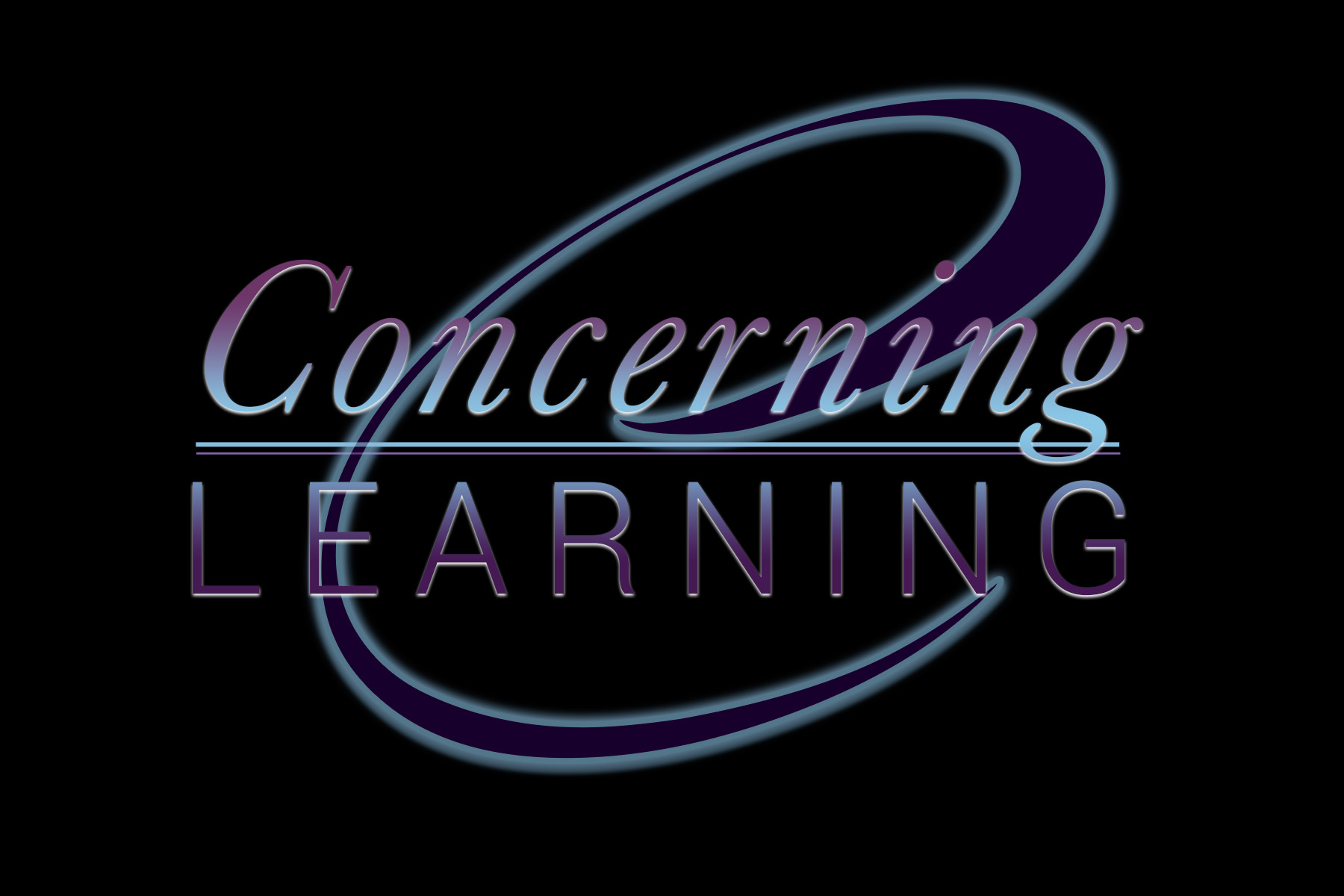Culture is the People
Company culture is not about policies and procedures; it is about how your employees experience the organization. Culture is how employees do things, how they think, and how they feel. Culture is the people.
Changing Policies, Systems, and Structures May Not Change Culture
The culture of an organization is not determined by its policies but by the people who develop, interpret, and implement the policies. Changing policies, structures, systems, and procedures may not change the culture. People write policies based on their biases, values, beliefs, and attitudes, and employees interpret and respond to them through the same mental filters.
How people behave and what they believe are two building blocks of organizational culture, not the rules or regulations that are put in place. Policies are created to try and guide people's behavior, but they can never completely dictate how a person will act. People always interpret things in their own way, which means that individuals will always determine the culture.
Let me share two examples that show how culture is the people.
The Performance Management System Case
An organization changed its performance management policy three times in five years to increase the number of times supervisors are required to provide performance reviews. In addition, human resources implemented a policy requiring supervisors to write SMART performance goals and offered guidance to supervisors on conducting effective performance discussions. Five years later, the organization still has low employee engagement scores on the question, "My immediate manager regularly gives me constructive feedback on my performance."
The consistently low scores probably have more to do with the supervisors’ inability to provide consistent, timely feedback. In this example, developing supervisors' skills in providing real-time, ongoing feedback and coaching could have improved the scores and positively impacted the culture. Unlike, say, developing policies that tell supervisors when, how often, and in what format they are supposed to provide formal feedback.
The Reorganization Case
Employees were complaining that they were not receiving needed information to make decisions, which was slowing down productivity. The department leaders decided that reorganizing the structure would eliminate inefficiencies by improving how the various branches worked together. They hoped that the reorganization would improve the flow of information and communication. One year after the reorganization, the employees were still experiencing the same information challenges.
The specific questions from the employee engagement survey with low scores were:
· “There is open communication throughout all levels of the organization.”
· “I have the information I need to do my job well.”
· “Teams collaborate well with other teams.”
· “I feel empowered to make decisions that impact my work.”
The reorganization did not change the people. The leaders and the employees were still the same people, and the only staff change was adding two new employees. The reason engagement scores remained low could be that the leaders did not spend time getting to the root of the communication problems and assessing the culture before executing a costly and time-consuming reorganization. They focused on the structure and not the people.
Culture is Created by the People
Culture is created by the people who work there. Although supervisors can influence culture, it is not something that can be changed using a top-down approach. The people are what makes culture complex as they are products of their collective and diverse lived experiences, which can be influenced by elements in society such as the news, social media, and recent and historical events.
Therefore, organizations need to design a strong culture that is based on their shared values and beliefs. If the people within an organization believe in the same things and share common values, then they will be more likely to act in a way that is consistent with the culture that the company desires.
Sharpen Your People Lens
In the next week, pay closer attention to how people are doing things, how they are feeling, and how they are thinking. You will be scanning your culture for areas to promote.
For example, if you hear people expressing the need to change the policies, systems, or structure to address cultural challenges, encourage them to pause and think deeper about what role the people are playing in the problem instead of immediately jumping to policy changes, system upgrades, and reorganizations. The problem is likely a symptom that your culture, not your policies, needs an upgrade.
